We all could use some food travel photography tips. It seems that whenever you’re trying to get that perfect once-in-a-lifetime picture something is always wrong. The lighting is bad, too many tourists, wrong camera – enough with the excuses. We talked to professional photographer Angie Garbot to find out how anyone can take great pictures of their next culinary travel adventure just like a pro.
Angie has taken thousands of photos and captured special moments like engagements, weddings, family celebrations. She’s also been shooting food for multiple books and feature stories and is a passionate Food Travelist just like all of us.
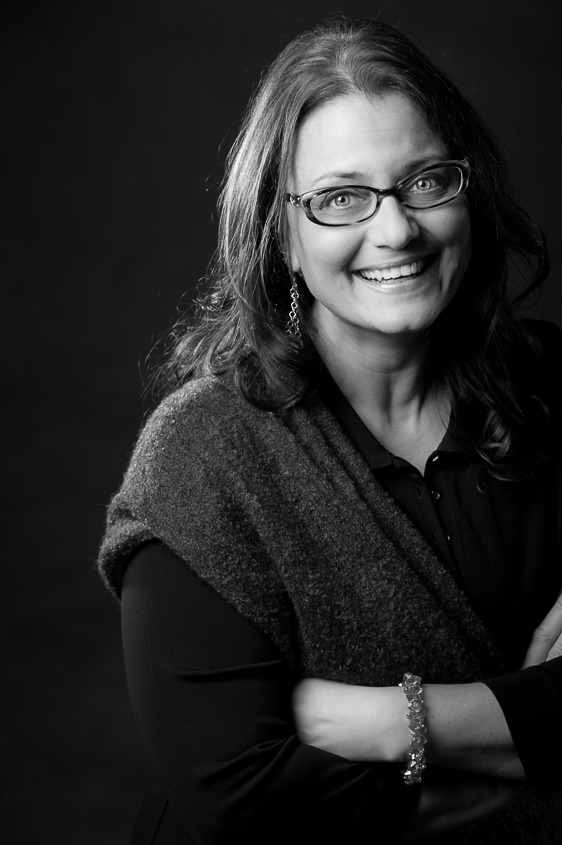
Food Travel Photography Tips From A Pro
Here’s our interview with Angie:
Food Travelist: Today everyone is a photographer with the ability to take pretty good quality pictures with a device they carry around in their pocket. What separates amateurish photos from professional-looking ones?
Angie Garbot: Most simply, it’s a dedication to the art from all aspects. First, that photography is really an art – thinking through composition, lighting, the feeling of the subject (whatever it is) – all of these things are important and professionals have worked to gain the knowledge of how to make these things work in concert to create the best possible image. There’s also a…”polish” to professional photography, people are shown from the most flattering angles, colors are true to real life (unless there’s an artistic reason they’re not), the subject is given appropriate space and emphasis, things like that.
FT: What is your favorite thing or things to photograph?
AG: I’m lucky to work in a variety of areas from commercial to family to weddings to food, that’s like asking which child is a favorite! I love working with people, getting them to relax in front of the camera and capturing who they really are, not just what they look like. I also like working with “things,” like food, creating the best light, angles, styling to show off its goodness. When traveling, I especially enjoy finding what makes a place unique…architecture, people, food…and I like finding those things from the locals’ perspective, rather than a standard vacation “snapshot.”
FT: Do most people need a DSLR camera or are Smart Phones and point and shoots enough to get great photos?
AG: I truly believe that it doesn’t matter what device or camera one uses to create an image – it’s about knowing how to use it appropriately to capture beautiful and compelling images. I teach people to maximize their use of all types of cameras – from Smart Phones, to point and shoots to the fanciest DSLRs – based on what they’re going to shoot and the capabilities of the device at hand. Most importantly, the best camera to have is the one in your hand when a moment or subject presents itself…you don’t not take the photo because you only have your phone!
FT: What are some tips you can give our audience about photographing food with their Smart Phones?
AG: Less is more. So, if your plate is piled high with food, it really photographs like…a pile of food! If you do have a lot of food, try to get close to highlight individual ingredients.
FT: Do you recommend using an app to edit images on your Smart Phone?
AG: Absolutely! Remember, it IS a phone…which happens to have a camera built in. So, it has limitations on what it can produce. My two favorite apps are Google’s Snapseed and SmugMug’s Camera Awesome. Give ’em a try!
FT: What are some quick tips when photographing travel icons like the Eiffel Tower or Taj Mahal?
AG: Try to find an angle or a view that you haven’t seen a thousand times. For example, if you can get really close, focus on little details or architectural elements. If you can’t get close, try to position the landmark in a new way in your composition, perhaps showing some of the surrounding area/neighborhood to give some additional interest. And, never take just one photo. Try a few from different places – even a few steps up/back or right/left can make a world of difference.
FT: I find that simply looking at many photos everyday taken by different people gives me inspiration and ideas for my own work. Where do you find photographic inspiration from?
AG: Absolutely, looking at others’ work is always an inspiration! I like to seek out different kinds of photography, for example, black and white or landscape or maternity, and see what’s out there. I like to look at imagery that is a different style than my own to see what I can learn, what I like, don’t like, etc. and then try to use something new in my own work. Instagram is a great place to do this, there are thousands and thousands of hashtags to search, pick a subject, and get lost.
FT: So many food travel photos involve low light situations. How can Food Travelists and photographers get the best images possible in such circumstances?
AG: Please, do not use flash! 🙂 Yes, it’s dark in a lot of restaurants and eateries, but flash on our Smart Phones is harsh and completely flattens out the image, casts the food in an unflattering light…so to speak. Try moving a candle closer to the food for more light, or using window light to light the side of the food you’re shooting. Also, if you’re dining with others, you can ask one of them to pull out their phone and use their screen light or flashlight to give you a boost. Always remember, though, try to be discreet and not disturb the other diners around you!
FT: How do you recommend managing so many digital photos? They take up so much space on devices and hard drives. Are there any apps or services you would recommend?
AG: That’s a tough question, so much of organizing images is personal preference. One thing to do for sure, though, is get those images, especially important/sentimental/one-of-a-kind one, off of your computer hard drive or smart phone. Storage is inexpensive these days, invest in a large hard drive, and backup your images to it. You can also look into cloud storage, there is a lot of it available out there…just be sure you know the limits and how you’re being charged before you sign up.
FT: What is the one thing that amateur photographers can do to improve their photos?
AG: If you think you’re close enough…get closer! How often do we see photographs where the most important part of the image, the people, is teeny tiny somewhere in the middle of the frame? Or, we fall in love with a flower vendor in a large market, so we photograph a sweeping shot of the whole market…but how much more interesting if we just included the abundance of color in a display of flowers or maybe even the vendor him/herself with their lovely products?
Thanks, Angie for sharing so many fantastic tips and tricks with us. If you’d like to learn more food travel photography tips from Angie you can see some of her work on Facebook, Instagram, Twitter, and her website.
If you’re on Instagram check out our Food Travelist Instagram page. We have lots of fun sharing great photos there every day.
THE QUICK BITE: Food Travel Photography tips from professional photographer Angie Garbot. She shares some terrific advice on how to improve your chances of getting some great photos.

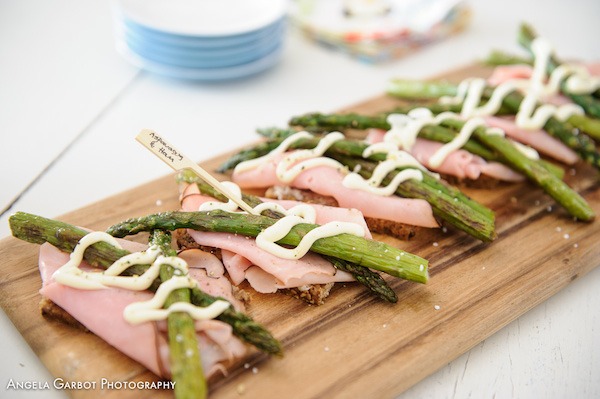

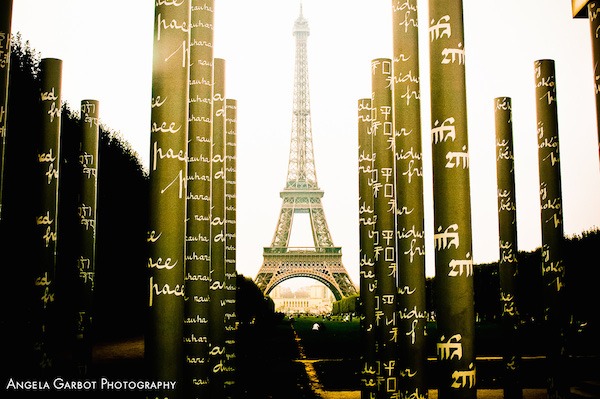
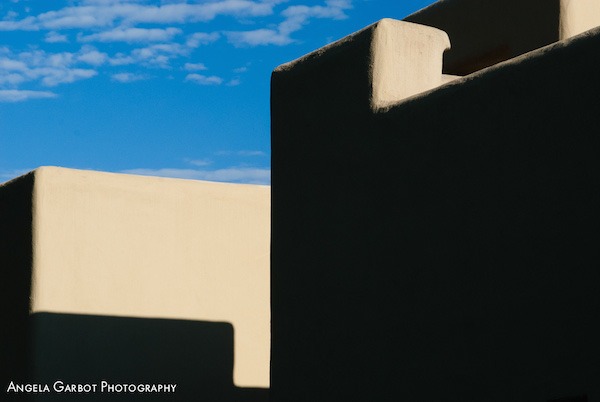
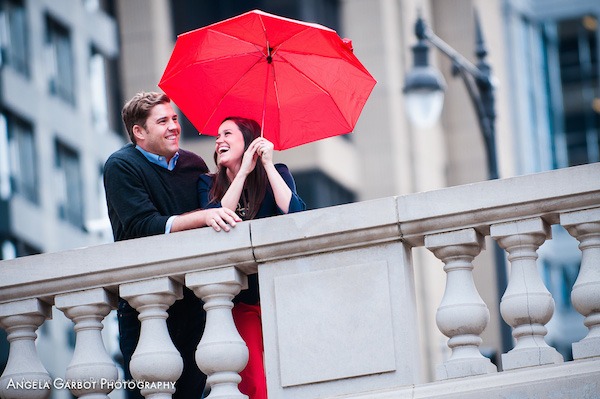
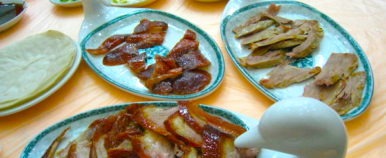

13 Comments
I appreciated this post and actually learned a few things!
Thanks Connie that’s another great tip!
Thank you for sharing Angie’s great photography tips. Another tip I recently learned about photographing food is to put a small object, like your lens cap, under the dish, near the top, to give it a little angled lift.
I love digital cameras and smart phone cameras. Back in the olden days, I usually had a very limited number of photos I could take on my Kodak Instamatic—36 tops. Can you imagine going to Machu Picchu on your honeymoon and having to hoard your photo opportunities?!?
Nowadays I only photograph food with my iPhone. I get such great shots, and light even in a dark restaurant. And I love that I don’t have to lug my bigger camera to dinner with me.
No matter was industry you’re in, there’s always something more to learn.
Thanks, Leigh! We often get caught up in the moment when we’re photographing and forget to make sure that what we’re shooting is right up there and obvious! Nothing worse than looking later and wishing we’d taken a few steps closer 🙂
Thanks Leigh! We sometimes get caught up in the moment and forget to make sure that what’s important to us is obvious in our photo. Disappointing to look back later and kick ourselves for not getting a little closer 🙂
Anita & Richard, Thank you for your kind words about my work! The Eiffel Tower one is one of my favorites and is fleeting, as the Peace exhibit I shot through is no longer there. It’s so important to capture our experiences, isn’t it? 🙂
Thank you Shelley! I’d love to hear how it goes with your newfound light!
Thanks for the great tips and photos from Angie Garbot. I’m going to try using the “extra light from friend’s phone” for sure.
My husband and I are both amateur) photographers who enjoy taking pics and are working hard to improve the quality of our photos . Thanks for these great tips from the very talented photographer, Angie Garbot. I especially liked how she showed the iconic Eiffel Tower centered and surrounded by the other buildings – it gives a fresh approach to an image that’s so often photographed.
Great tips. I do try to get closer and fill the frame but I still don’t do that often enough. I agree about food and phone flash. It rarely seems to work.